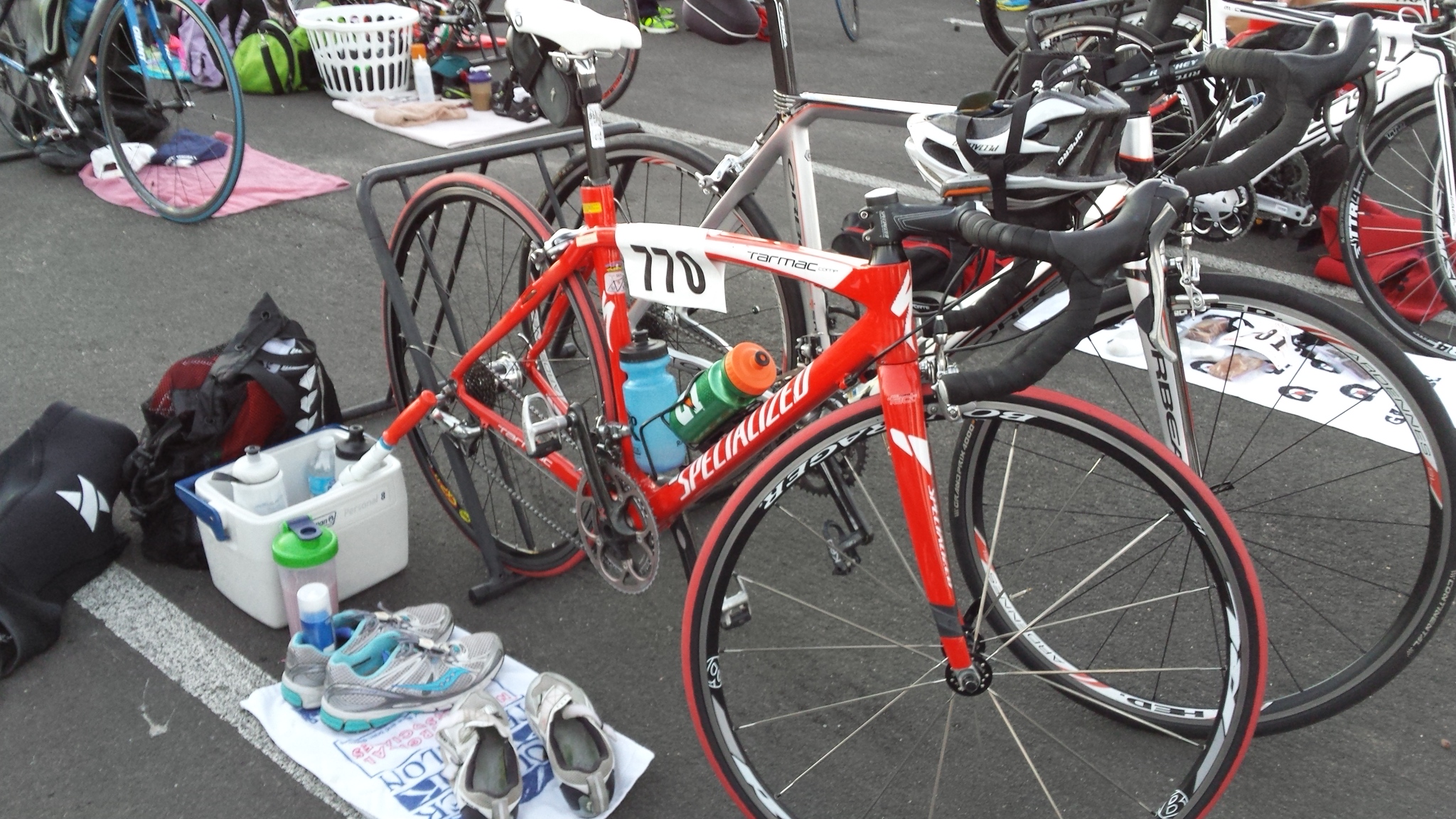Today we’re talking about Zone 5, often called VO2 max. Before I explain the zone, what the heck is VO2 max?
Your VO2 max is simply your maximal rate of oxygen uptake. It’s the highest amount of oxygen that can be delivered to your body. It’s expressed in milliliters per minute per kilogram (body weight).
If you like equations, here is the Fick Equation for oxygen uptake.
VO2= CO * (Ca – Cv)
CO = Cardiac output, the amount of blood your heart pumps per minute.
Ca is the oxygen content of arterial blood and Cv is the oxygen content of venous blood. Arterial blood is oxygenated from your lungs, venous is the return supply after oxygen delivery.
So the more oxygen your body delivers to systems, the lower Cv will be, giving a higher difference, and hence a higher VO2 value. Of course cardiac output plays a role as well.
To find your VO2 max, you simply figure out what these values at the hardest effort you can manage (easier said than done). This is often done with a gas analyzer/metabolic cart (you breathe into a mask so expired gases can get analyzed) and a ramp/graded exercise test until exhaustion.
Those with a higher VO2 max can essentially deliver more oxygen to the muscles. That doesn’t necessarily mean that they are faster, because there are a lot of other factors that play into “speed” (like efficiency). But we can certainly generalize across the entire population that those with higher VO2 max values are more likely to be better in endurance sports.
VO2 max is a large part determined by genetics, but there are some things you can do to improve it.
One factor that affects VO2 max is your body weight. So regardless of the “state” of your oxygen delivery system (blood volume, capillary density, mitochondrial density, etc), if you’ve got unnecessary weight “floating around” you are lowering your VO2 max.
You can also train to improve your VO2 max, which we will talk about in a minute.
While knowing your VO2 max may be interesting, it’s not a strict determinant of performance. What is more useful is knowing your lactate threshold as a percentage of your VO2 max. The higher percentage that your LT of your VO2 max, the closer you are to your “potential.”

ZONE 5
Now let’s look at Zone 5, which can be considered 105% of our Lactate Threshold Heart Rate and above.
Spending time in this zone has a fantastic effect on our physiological systems to improve fitness. It helps our “top end.” Some types of racing need more high end preparation than others, but it’s always good to be able to handle some harder efforts!
Training in this zone has the largest effect on plasma volume, stroke volume, muscle capillarization, and hypertrophy of slow twitch muscles. It also improves quite a few of the other physiological changes mentioned in the other zones, such as fast twitch muscle fiber conversion and improving lactate threshold.
The problem…it’s really, really hard. Not only are we not able to maintain efforts in this zone very long. And because they are hard we need more recovery time. Try to hammer out VO2 intervals day after day, you will just get doggone tired. Usually about once a week is all you would need once you are ready with enough base training, and probably some Zone 3 and 4 training under your belt.
Because they are very hard intervals, you also need to make sure your joints need to be ready to handle the load. You might start at a minute or two, and build from there. The work to rest ratio might be a 1:2, depending on the length of the interval. Just remember that heart rate is lagging, so if you are only going for a minute or two, it might take a few intervals for your heart rate to actually get up that high.
The same principle from our other zones still apply as you progress and improve. To increase load you can lengthen the work interval, shorten the rest interval, or both.
I will point out that you can discuss more intense zones, such as anaerobic power and neuromuscular power, but because these are so short and so intense, it is useless to set up heart rate zones. (This is why training with pace and power in addition to heart rate is quite useful, which I will discuss in later posts.)
If you understand and properly implement the five basic zones we have talked about over the last several weeks, you will be on the right path to become more fit and faster!
If you missed the discussion on the other heart rate training zones, here they are:
Part 1: Introduction
Part 2: Energy Systems & Basic Physiology
Part 3: Muscle Fibers and Zone 1
Part 4: Zone 2
Part 5: Zones 3 & 4
Happy Training!







